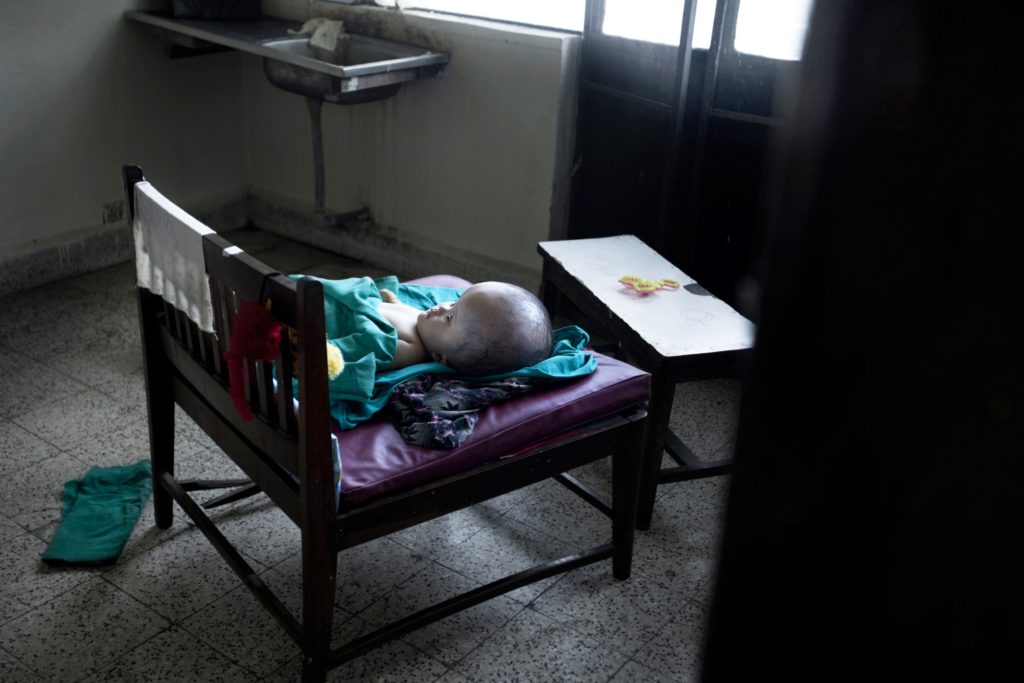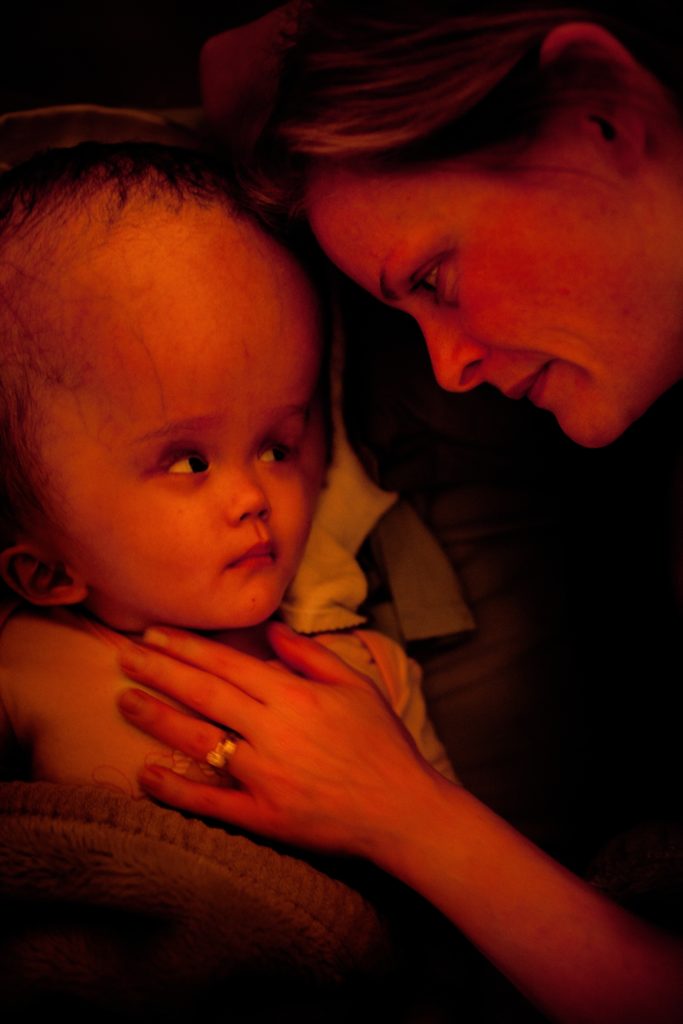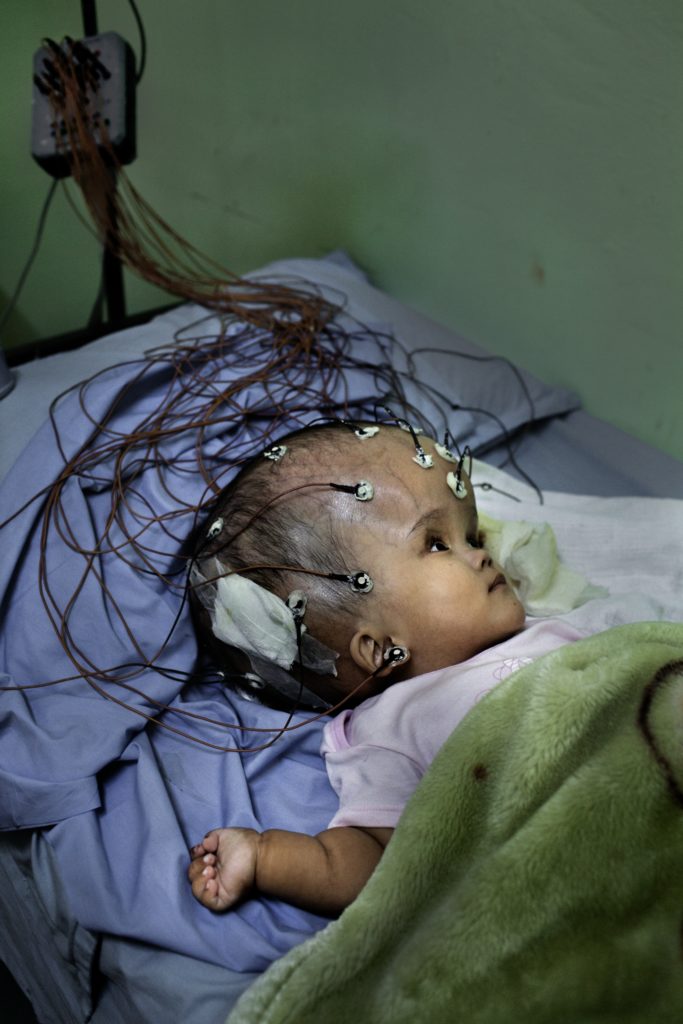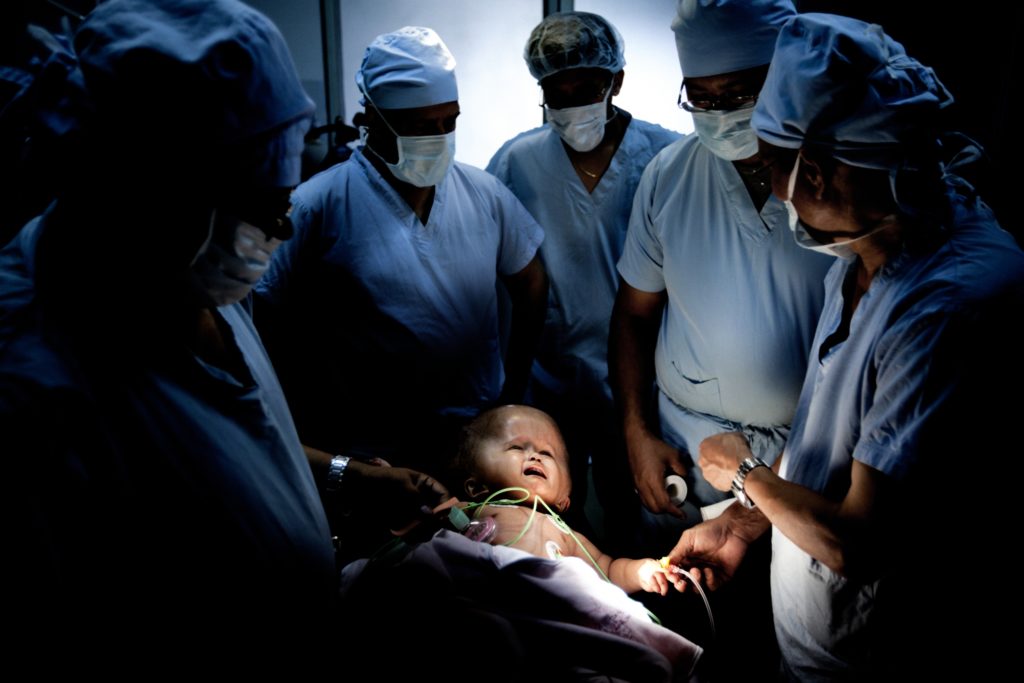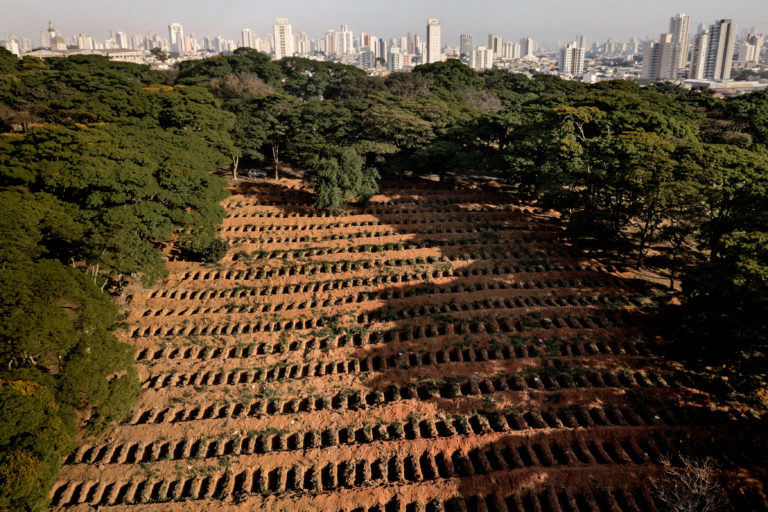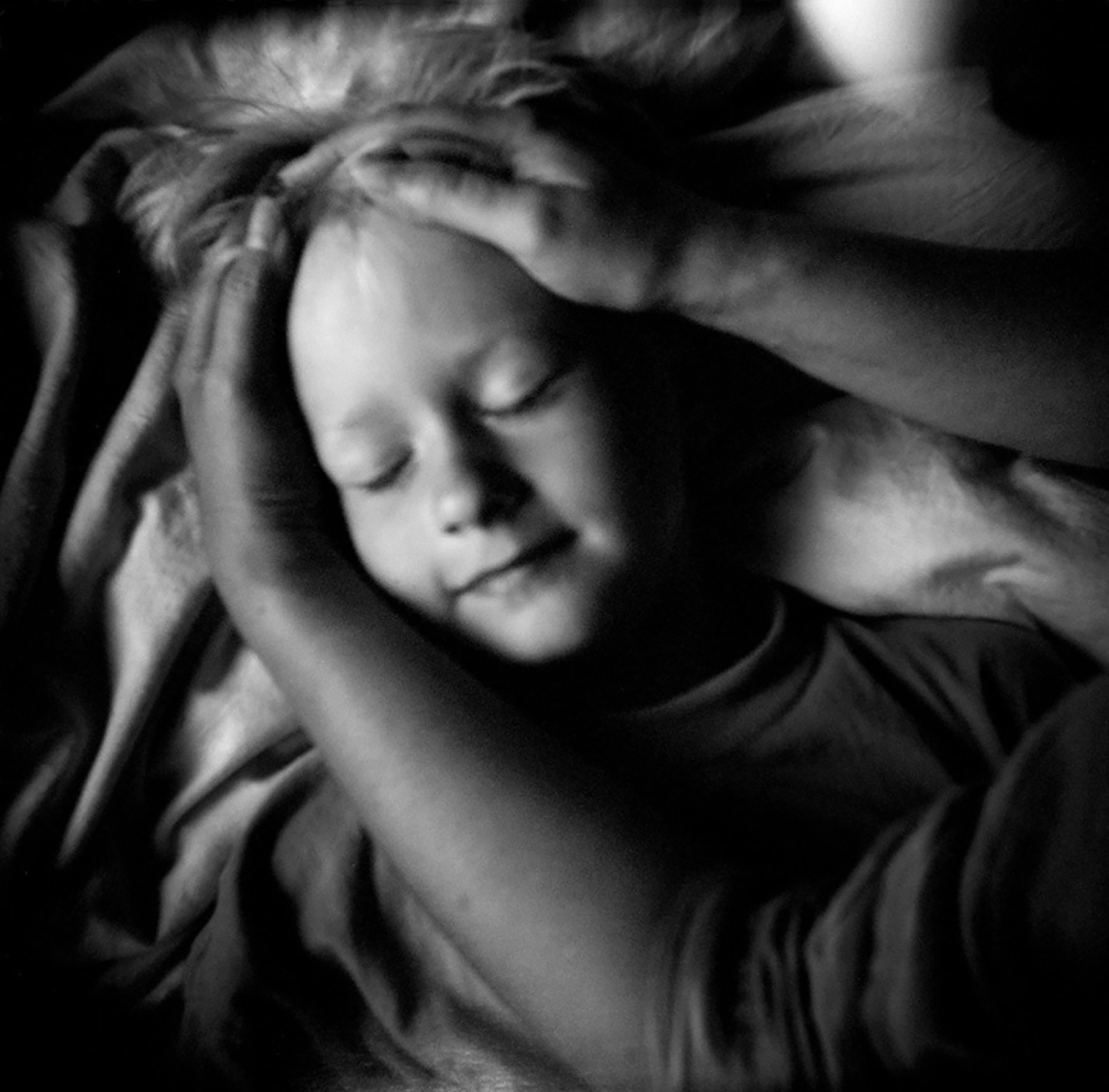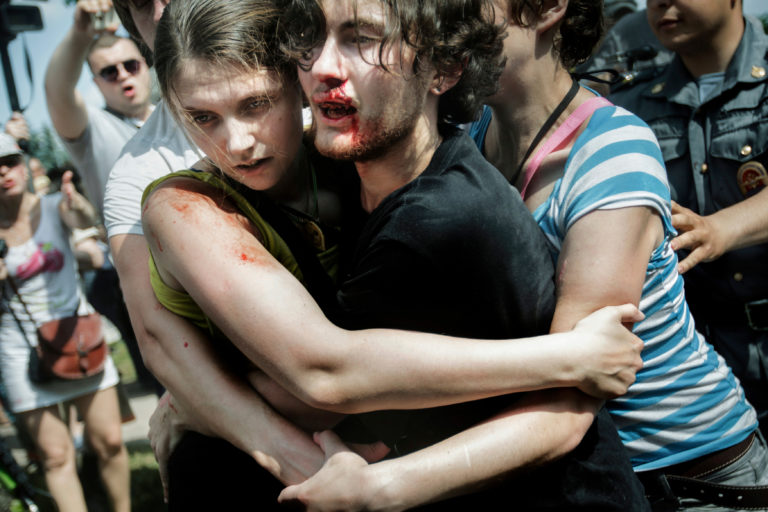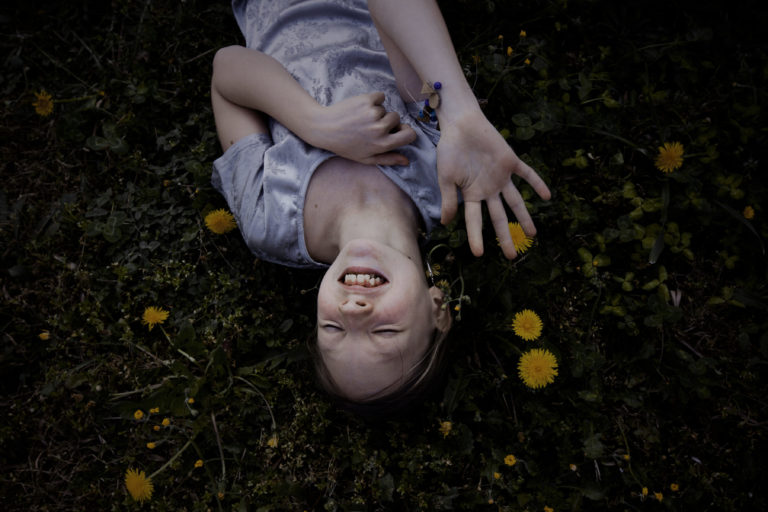
Cecilie M. Hansen lives in Denmark with her husband, her infant son and holds a high end position in an international shipping company. 'For me, the far end of the world is only an email away,' she says. A few days after her arrival in Nepal, the paperwork in relation to Victoria is completed with the assistance of a local child organisation. The organisation decides to lay the fate of the orphan in Cecilie's hands. In a minivan Cecilie is taking Victoria to a private clinic in Kathmandu. For the first time in her life, Victoria is breathing fresh air, seeing the blue sky and hearing the noises of the outside world.
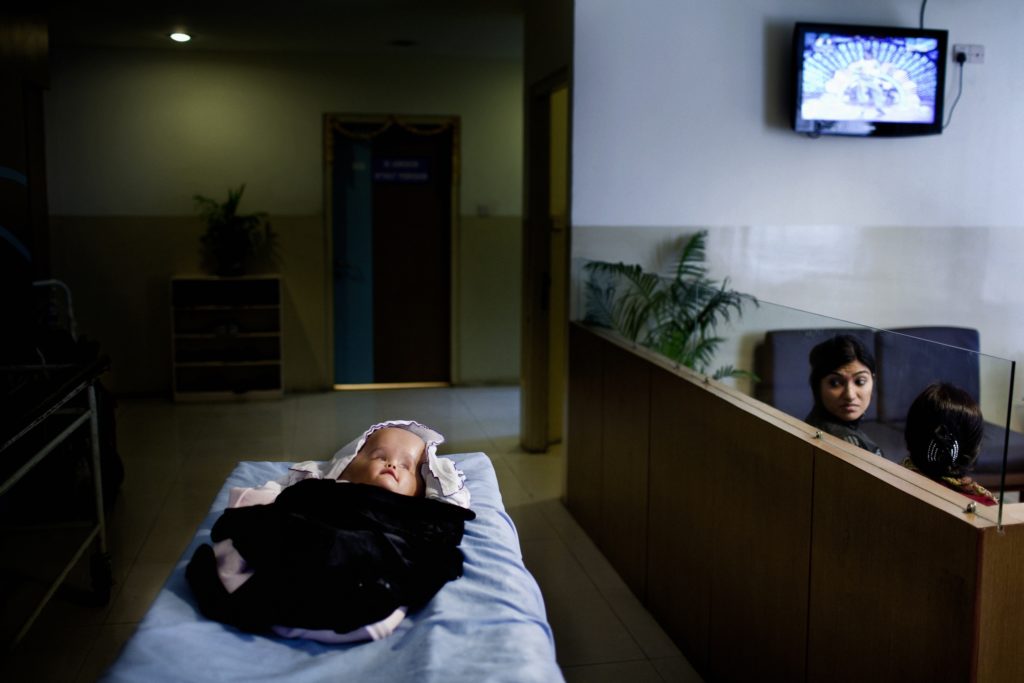
Victoria is taken to the first of many scans. Through extensive research Cecilie has made arrangements with NepalÕs leading clinic for neurology and its founder, chief surgeon Dr. Basant Pant. Cecilie is covering the costs of the coming examinations and planned operations with her savings. The coming months will cost her 6.000 USD. Victoria is born with a spinal defect and suffers from hydrocephalus, a build up of fluid in her skull. Since nothing has been done since VictoriaÕs birth, the surgical procedures to come are difficult to perform and risky.
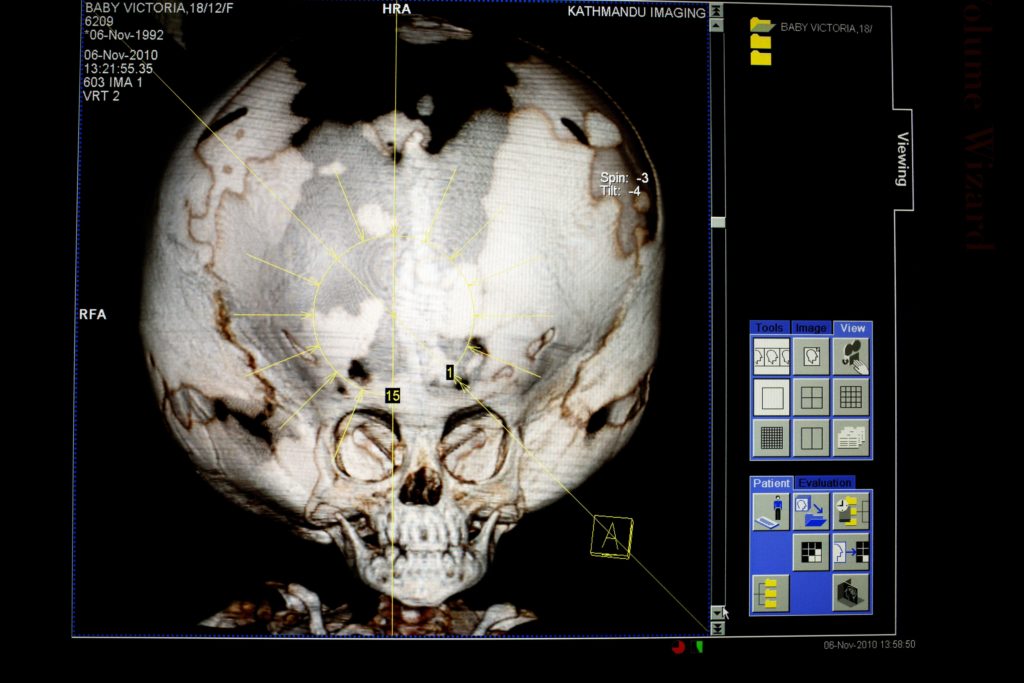
A CT-scan image of VictoriaÕs head. Since birth the growing amount of water inside her skull, has been putting the cranium under pressure from within. It has expanded and is now larger than the head of a grown man. The bone structure has not grown at the same speed. As a result, the top of her head is only covered by skin.
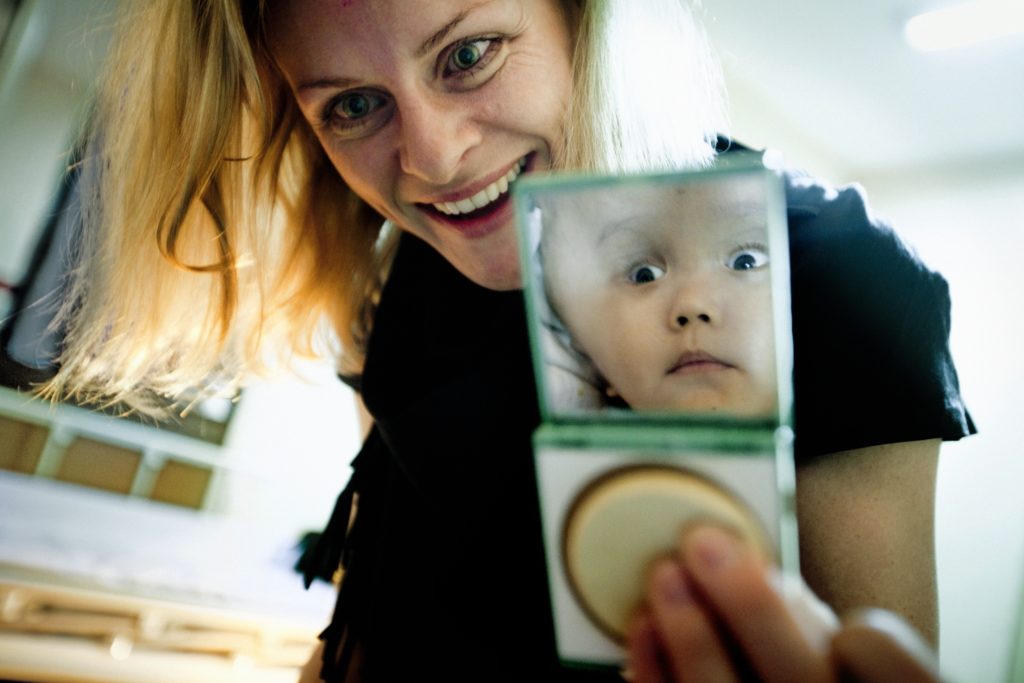
VictoriaÕs brain might be able to recover from the immense pressure in her water filled head after surgery. But adding to her physical challenges, Victoria has never had much human contact. Cecilie has her own family back in Denmark and she is very clear that her actions are about Victoria, not about her own emotional needs. But day by day Cecilie and Victoria are getting closer. ÒIÕm probably the closest thing to a mother she has nowÓ, Cecilie says. ÒI simply couldnÕt bear that no one would care for her.Ó

Cecilie lives at the clinic and at night she sleeps next to Victoria. Cecilie is contemplating an adoption to make Victoria part of her family back in Denmark. No matter how well the surgery goes, Victoria will be permanently disabled to a yet unknown extent. But anything is better than being left to die alone, Cecilie says.
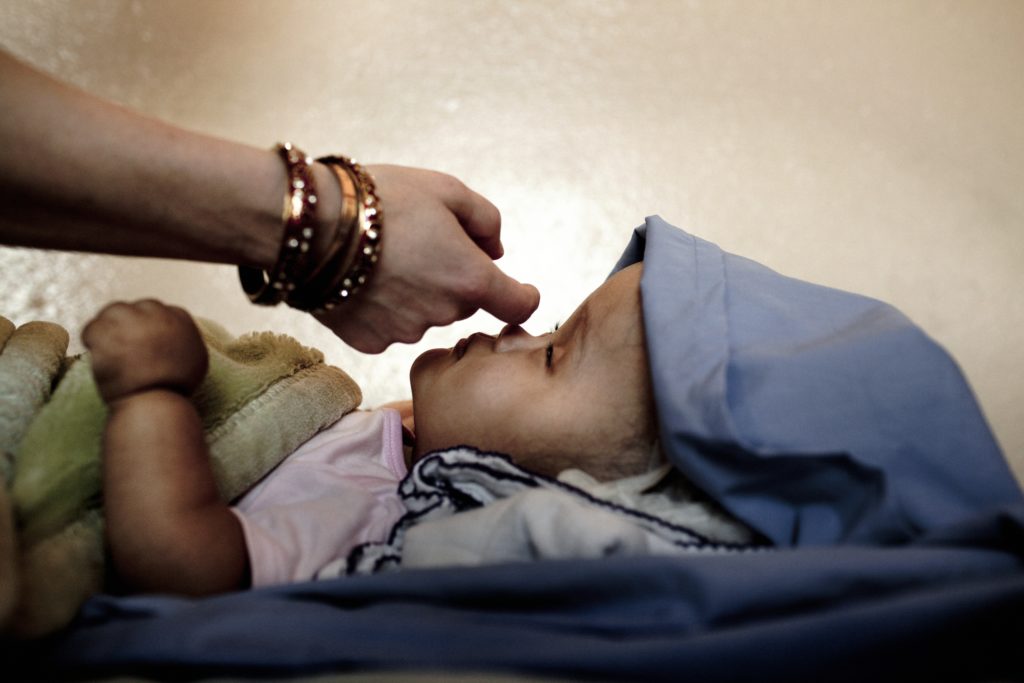
Over the course of several days, the doctors have drained 1,5 liter of water from VictoriaÕs skull. This morning the little girl is feverish and exhausted. Cecilie touches her lightly, saying goodbye. It is the day of departure for Cecilie who has to return to Denmark. In the coming week Victoria is facing a second and much bigger surgery.

Cecilie on her way to Kathmandu Airport. A week after her return to Denmark, she receives a text message from the surgeon in Nepal: ÓDear Cecilie. Be brave. You tried. We all tried. It was her fate. Please try to find peace.Ó Victoria died from heart failure on November 19th 2010. Cecilie is devastated. But she has no regrets: ÓWhat was the alternative to my actions? What would I have done, had she been my own child?Ó
In September 2010, the Danish daily newspaper Berlingske published my photograph of an 18 months old orphan from Nepal. Born with several serious birth defects, the baby girl was lying in a hospital room. Alone and waiting to die. The medical staff had no means to help her.
The feature story from Nepal gave way to an abundance of reactions. But one reader, 36-year old Cecilie Mose Hansen, took it one step further. Having seen the picture of the abandoned girl, she decided to travel to Nepal to try to save the little girl with the big head.
